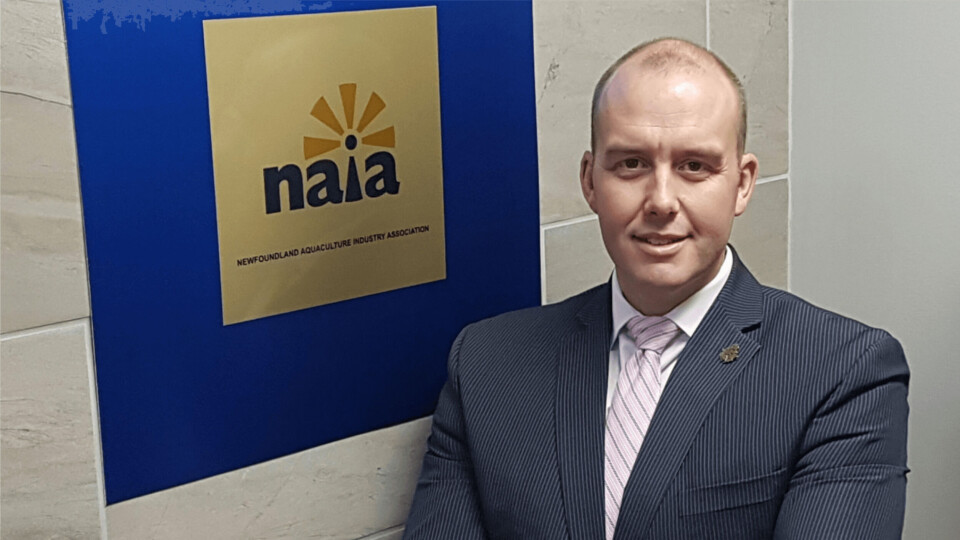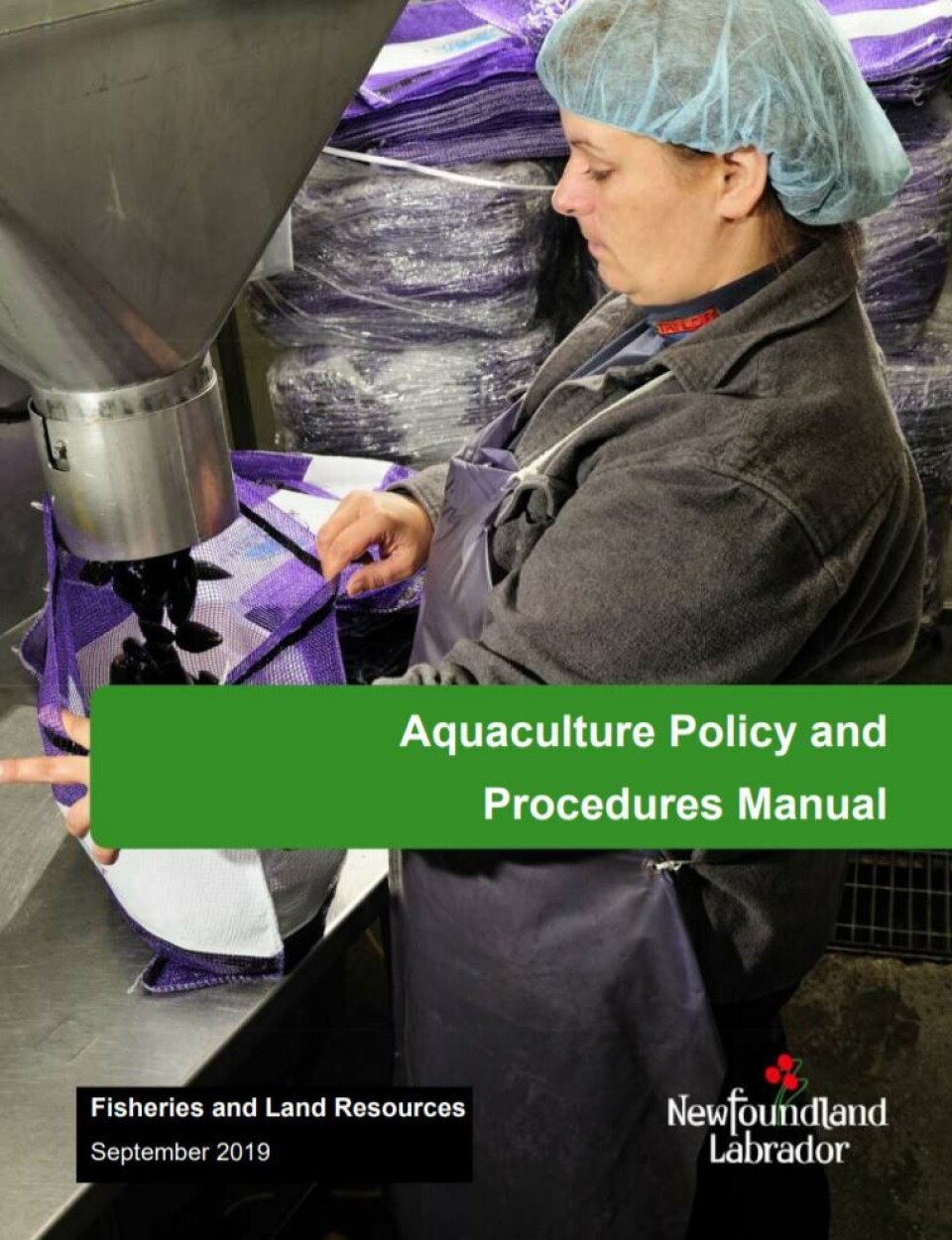
Newfoundland salmon farmers happy to go public
The Newfoundland Aquaculture Industry Association (NAIA) has welcomed new rules being announced today that make it obligatory for fish farmers to publicly and quickly report any “incident event” such as the recent die-off of 2.6 million farmed salmon being grown by Mowi subsidiary Northern Harvest Sea Farms.
The Government of Newfoundland and Labrador this week made a series of significant changes to its rulebook, the Aquaculture Policies and Procedures Manual, that mean salmon farmers must publicly report incidents such as mass mortalities within 24 hours.
The aquaculture manual, formulated in consultation with industry stakeholders including fish farmers, was introduced on September 24, but has since been revised twice in the wake of the die-off of Northern Harvest’s fish in Fortune Bay, Newfoundland.

Licences suspended
NL fisheries minister Gerry Byrne has suspended the licences of the 10 farms affected by the die-off, which Mowi said was caused by sea temperatures of up to 20°C on the surface and 8-metre cage nets that were too shallow to allow fish to find colder water at greater depth.
Although Northern Harvest was prompt in telling NL’s Fisheries and Aquaculture Department about the loss of 2 million fish at six sites, it was slow to tell the department about another 600,000 at four further sites.
An “incident event” is defined in the aquaculture manual as “any event that caused or under slightly different circumstances would have caused abnormal mortality, harm or an imminent threat to farmed finfish or shellfish, marine installation or structure or vessel on a licensed finfish or shellfish aquaculture site”.
The definition also covers any event that impairs the function of any equipment required to sustain aquatic fish health and prevention of escape, and any other event deemed to be reportable by the department.
Highest regulatory standard
“Marine aquaculture is a highly innovative and technologically advanced food production industry. We embrace regulations, policies and procedures that are based on science and practicality which further enable transparency, continuous improvement and environmental protection,” said NAIA executive director Mark Lane.
“We are committed to continued collaboration with provincial, Indigenous and non-government partners to review and modernise legislation, regulations, policies and procedures to keep this province’s seafood farming business competitive, sustainable, innovative and growing. These actions are key to ensure we have the highest regulatory standard possible.
“Although we still require clarification on particular aspects of the newly implemented policies and procedures, upon initial review we are confident that we can work with these regulatory changes - our industry is well-positioned to seize the opportunity, create more new business opportunities and create more jobs.”
Rule changes announced today include:
- Fish farmers must report any suspected fish escapes, as well as confirmed escapes.
- From the beginning of 2021, sea lice numbers must be reported to the department on a monthly basis and must also be reported publicly on the internet.
- Fish farmers must submit standard operating procedures for abnormal mortality removal for review and approval. They will also have to update the government’s chief aquaculture veterinarian every 10 days and report the final number of fish removed once removal operations are complete.
- Fish farmers must publicly report their incident response plan within 24 hours of approval being granted by the required agencies.
- As of January 1, 2024 all salmonid sea cage culture operations will be required to demonstrate that marine site cage system components and installation meet ISO or certified third-party engineering standards.
- Licensees must submit quarterly biophysical data to the Department of Fisheries and Land Resources. Biophysical data submitted must include daily records for all active aquaculture marine sites which includes dissolved oxygen, temperature and salinity at different depths.
- Prior to October 2020, fish farm licence applicants must implement mitigation measures to prevent mortality events. Mitigation measures must be approved by Fisheries and Land Resources and include, but are not limited to, installation of nets that are a minimum of 20 metres, aeration devices and optimal farmed fish stocking density. Stocking of sites must not commence until departmental approval is granted. Licensees requesting a variance of less than 20m net depth must submit supporting evidence of geophysical and biophysical site characteristics and proof of alternate mitigation measures.























































